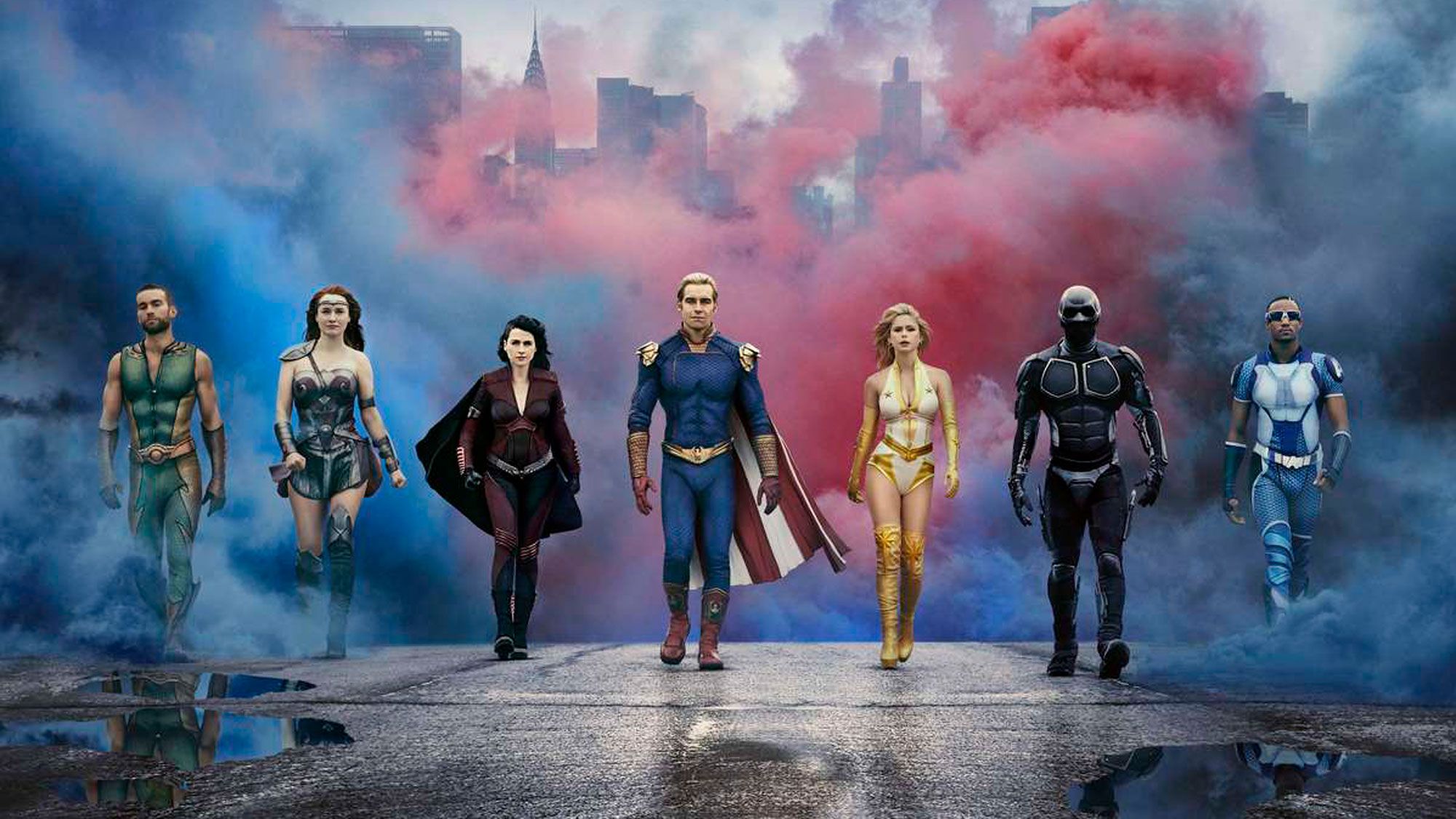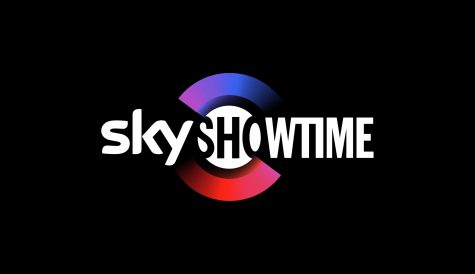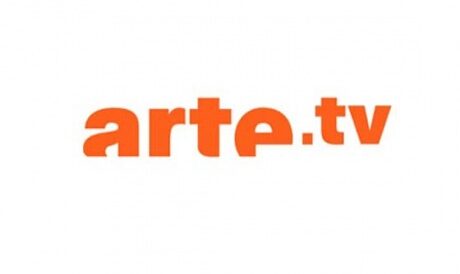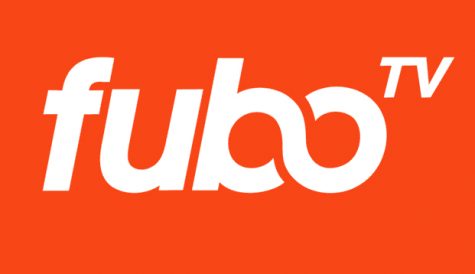Amazon’s understated video dominance should not go unnoticed
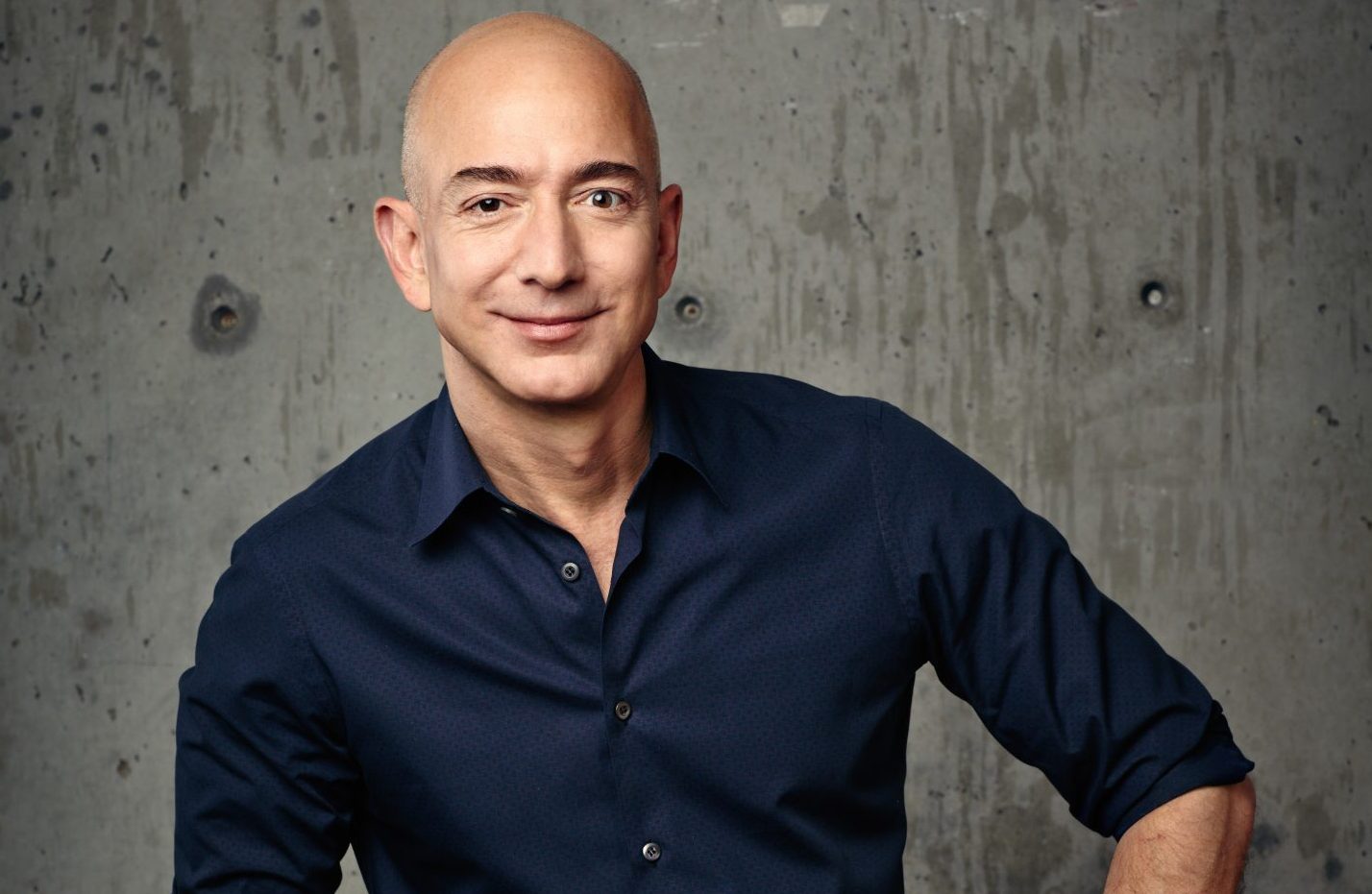
Jeff Bezos
By comparison to the record year for Netflix, and the irrepressible rise of Disney+, Amazon has somewhat flown under the radar as a VOD player over the past year.
The news however that Amazon now has 200 million Prime subscribers globally generating US$126 billion of value for the company should come as no surprise given the ubiquitous status of a company as sprawling as the rainforest after which it was named.
The milestone was announced in a letter to investors from outgoing CEO Jeff Bezos, who noted that subscribers had increased by 50 million year-over-year. It previously took Amazon two years to amass 50 million subscribers.
The figures demonstrate that Amazon has a dominant position in households across the world and across all aspects of consumer life as a genuine megacorporation.
But while one could focus on the retail business or the Amazon Web Services unit which ended 2020 with a US$50 billion annualised run rate, the milestone shows that it would be unwise to forget about Amazon as a major player in the video space.
Prime position, prime content?
But while Amazon has a foothold in millions of houses and televisions, it would not be hard to argue that Prime Video has struggled to capture the cultural spotlight in the same way as its competitors.
Save for its standout hit series The Boys and its continued production of SyFy’s The Expanse, Amazon’s original content has not dominated the zeitgeist like Disney+ and its Marvel and Star Wars series, or Netflix and its… everything.
Similarly, newer players like HBO Max and Apple TV+ have managed to break through thanks to star-studded and award-winning series like The Flight Attendant and Ted Lasso, or by virtue of headline-grabbing strategic shifts.
This is perhaps best demonstrated by the regular originals in-demand chart published by Parrot Analytics. The charts are routinely dominated by Netflix and its seemingly ever-popular series Stranger Things (which somehow regularly is in the top five in spite of the fact that its most recent season was released two years ago), while Disney also has a has a growing presence thanks to The Mandalorian and its Marvel shows.
In these charts, it is rare to see shows from Amazon asides from the two mentioned above, and that has seen Prime Video somewhat slide down the cultural hierarchy as a result.
This looks set to continue, particularly in Western Europe, where it has been predicted that Disney will overtake Amazon’s second-place position for market share within five years.
Amazon will hope that its content can surge back to popularity by going all-in on its Lord of The Rings series. The streamer is said to be spending an eye watering US$465 million on the first season alone, and has committed to at least five seasons having bought the TV rights to the property for US$250 million.
Amazon is also heavily invested in making itself a major player in the sports world, most recently with a US$1 billion US streaming deal with the NFL. In the UK, Amazon owns a rights package to the English Premier League, while it has recently expanded Prime Video Sports into the sports fanatical market of Australia.
Fire starter
It is a common belief that content is king in this industry, and while that can be true, Amazon has such a wide-ranging video strategy that its SVOD service is only part of the overall picture.
One aspect of the streaming world where Amazon is the leading player is in the CTV market.
While Netflix and Disney are solely concentrated on enhancing their platforms from a content perspective, a major plate being spun by Amazon is its Fire TV business.
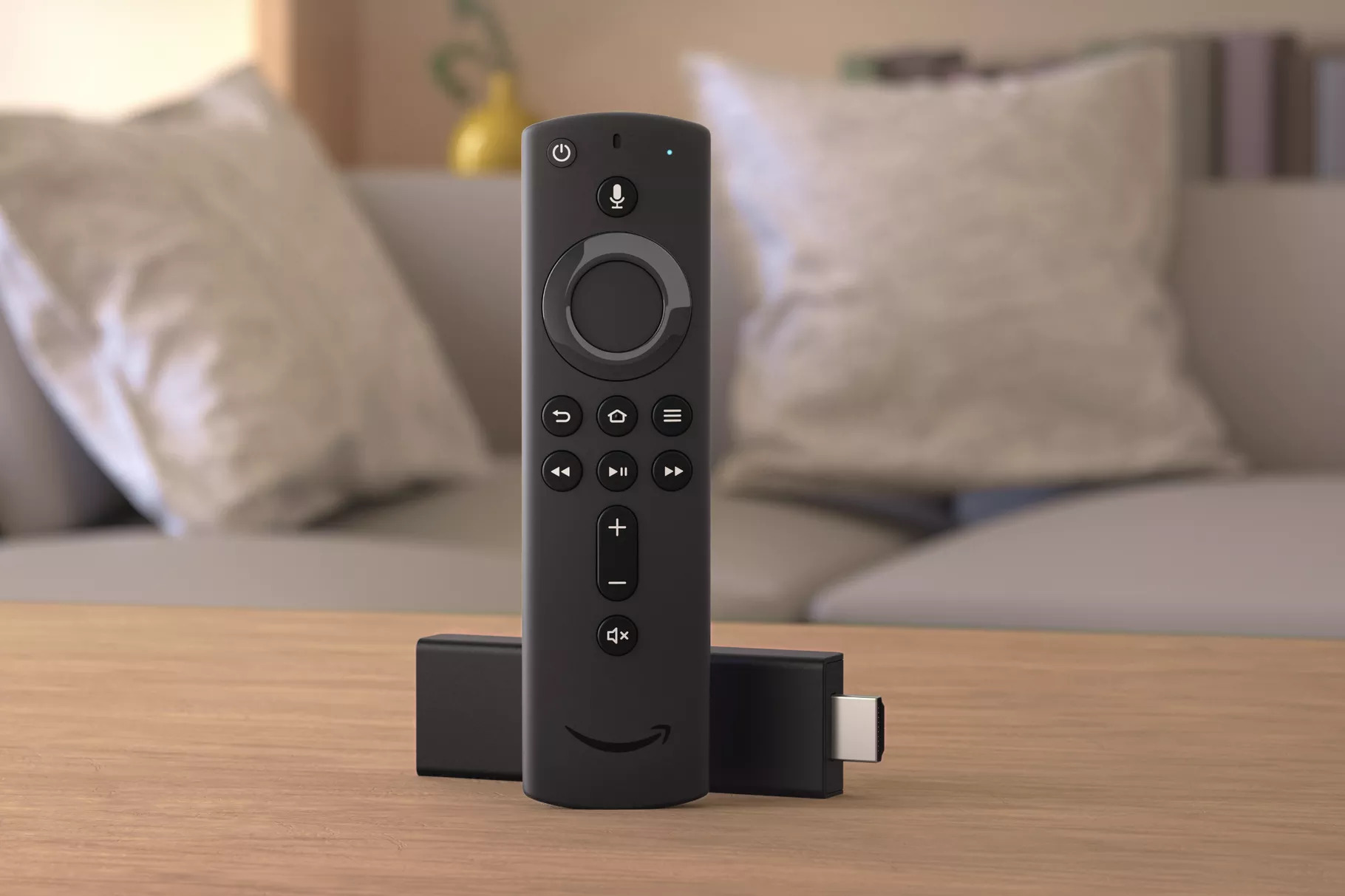 The company launched a new range of low-cost fire sticks in September 2020 along with a redesigned Fire TV UX. This, combined with continued investment into the space has seen Amazon overtake Samsung to become the CTV market leader for the first time in its history.
The company launched a new range of low-cost fire sticks in September 2020 along with a redesigned Fire TV UX. This, combined with continued investment into the space has seen Amazon overtake Samsung to become the CTV market leader for the first time in its history.
According to a recent report from Strategy Analytics, the firm sold 13.2 million Fire TV units to hold a 12.1% share of the market. Edouard Bouffenie, senior analyst at the firm noted that the Fire TV Stick 4K “became the world’s best-selling digital media streamer device in 2020.”
And though Amazon’s head of entertainment devices and service group Marc Whitten left the company earlier this year (believed to be due to the lukewarm market reaction to game streaming service Luna), Amazon will be confident that it can maintain its devices dominance – even though its largest competitor Roku also continues to invest in its product line while Apple also is reportedly considering a device refresh.
Changing the channel
The comparison between Amazon, Apple and Roku is also apt not just because they produce hardware, but because their video businesses are increasingly becoming centred around channels. The key difference between the former two and the latter is that Roku, with its content deals, is oriented around an AVOD service – The Roku Channel – rather than the subscription-based services offered by Amazon and Apple.
Still, all three offer users the option to sign up and pay for third-party streamers through their platform and make a tidy sum in the process.
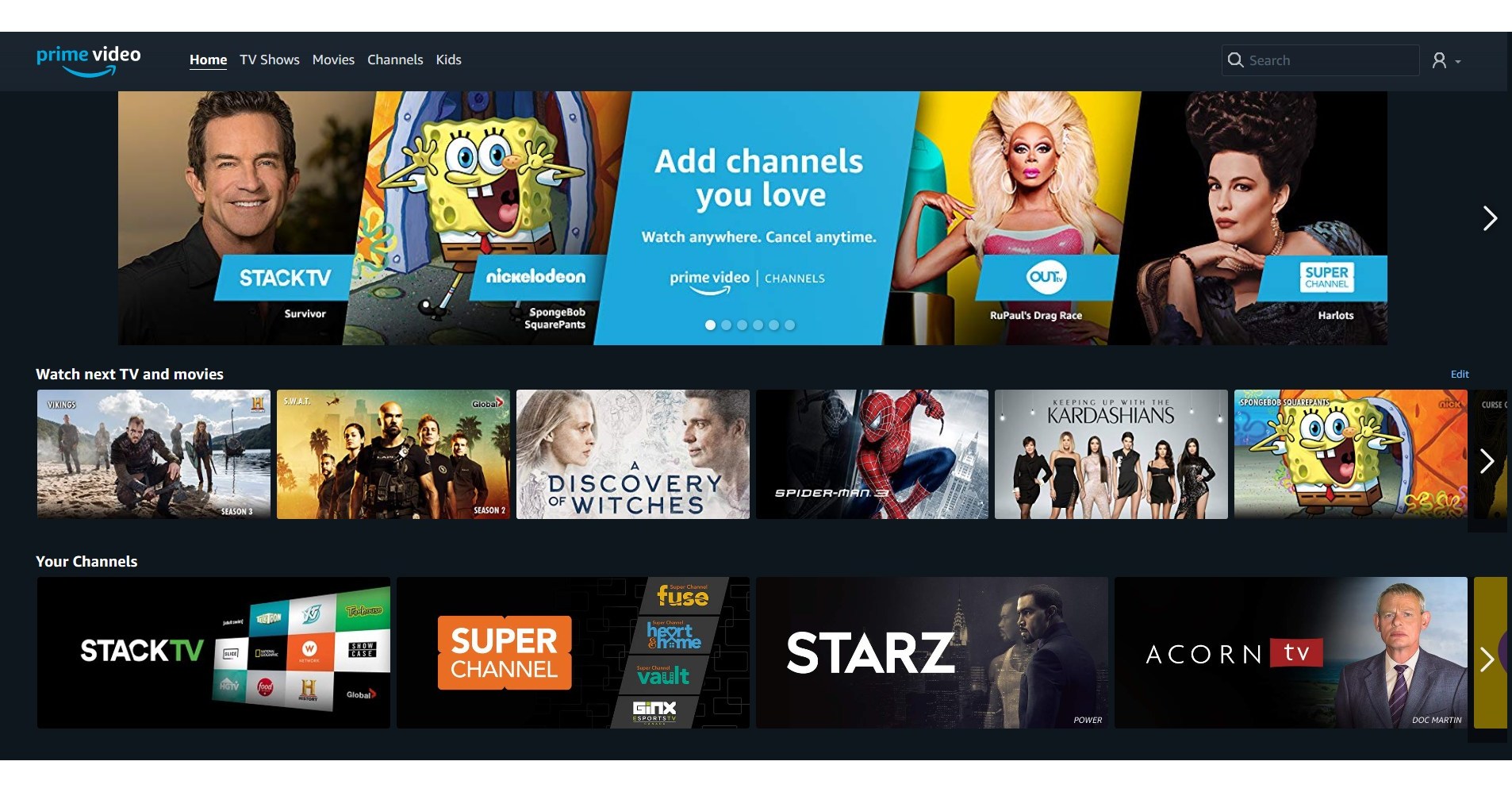 It was previously estimated that Amazon’s Prime Video Channels unit generated US$1.7 billion in 2018 and that is a figure which will undoubtedly be much higher now three years later.
It was previously estimated that Amazon’s Prime Video Channels unit generated US$1.7 billion in 2018 and that is a figure which will undoubtedly be much higher now three years later.
Streaming operators know that it is vital to be available through user-friendly platforms which reduce the steps to get subscribers paying for their services. From a user perspective, Prime Video Channels makes a lot of sense as everything from logins to payment is managed through an Amazon account.
As such, Amazon has deals with third party operators like ViacomCBS, SPI International, BritBox, Discovery and countless others. It had public spats with WarnerMedia and NBCUniversal over their respective services HBO Max and Peacock, but the fact that agreements were reached shows that Amazon and these platform holders possess a strong hand when it comes to content aggregation.
It is no surprise then that Liberty Media chairman John Malone late last year predicted that such companies will dominate the market in the coming years. In an interview with CNBC, Malone said: “The consumer’s not going to want to buy from a broad number of subscription services. They’re going to tend to want to go to one convenient supplier.”
Companies like Amazon that “have the platforms in addition to the content,” Malone said “are in a pretty good position to build a long-term profitable global business.”
Seeing the wood for the trees
The press has not been flattering towards Amazon over the past few months with some rather grim stories that take the shine off this latest milestone.
Along with valid concerns over Amazon being a monolith that is arguably beyond the control of any one government, the company has come under fire for its brutal working conditions. Amazon was also recently sued by the state of New York over failing to adhere to Covid-19 health and safety laws, and more embarrassingly was found out for creating fake employee social media accounts. These stories and others like them will continue to dog Amazon long after the retirement of its founder Jeff Bezos and are increasingly becoming the legacy of the company’s founder.
Such news is not tied in any real way to Amazon’s video business (asides from the politics of electronic device supply chains which impact the entire industry), but when a company is as big as Amazon it all feeds into the same machine.
That machine is a ruthlessly efficient one which has been a game-changer for a number of industries since the company was founded in 1997 and one which will continue to dominate for years to come. The video streaming space is no different, and it would be foolish to write off Amazon as an also-ran.

